
GUEST BLOGGER ELIZABETH SHREEVE
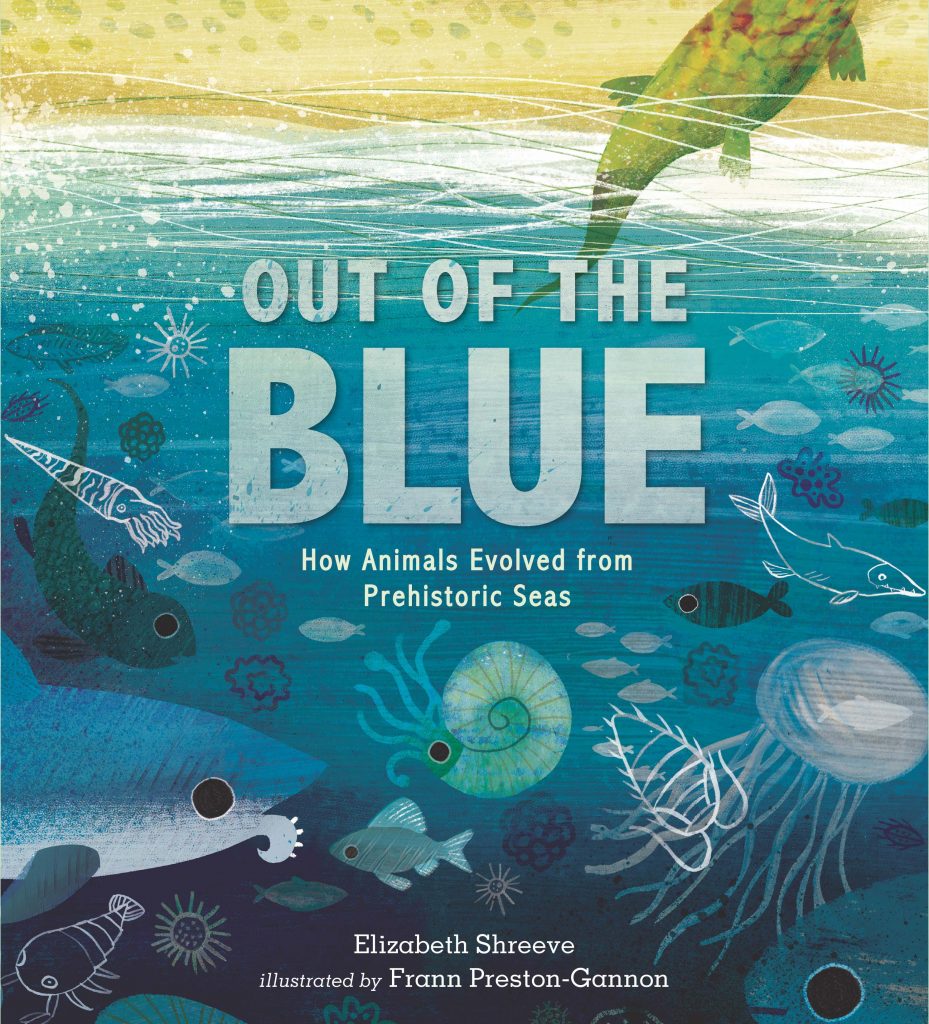
Kids love animals, right? But do your students know that all types of animals originally came from the ocean many millions of years ago? Out of the Blue: How Animals Evolved from Prehistoric Seas (Candlewick Press, May 2021) explores the dynamic balance between ocean and land. Activities help children imagine how ocean animals adapted to life on land and encourage them to make their very own “mini-books.”
Activity #1: Read and discuss
Read Out of the Blue and discuss using the following questions or student-generated questions and comments:
- What did you learn? Did anything surprise you?
- What’s your favorite illustration?
- What’s your favorite animal?
Activity #2: Becoming an ocean animal
Next, Ask each student to describe their favorite ocean animal using pictures and words. Prompts include:
- What does your animal look like?
- How does it move around? What does it eat?
- Do you think it lived in the deep sea or near the surface?
- On a piece of paper, draw a picture and write some words to describe your animal.
Activity #3: Move onto land…or stay in the sea?
Through Earth’s long history, many types of ocean animals have moved onto land. They adapted to new homes. Over time, those populations of animals changed a lot!
- Would your ocean animal go onto land? Why? (Is there more food there? Are there too many fierce predators in the water? Anything else?)
- How would life on land be different? (Breathing, moving, eating, avoiding predators, drying out in the air)
- Imagine the great-great-great-great (many more “greats”!) grandchild of the animal that moved onto land. What would it look like? Would it live in a tree? On the beach?
- On a piece of paper, draw a picture and write some words to describe your type of animal after millions of year living on land. (Reinforce that an individual animal does not change; rather, a population of animals changes over time.)
Other types of animals have stayed in the ocean. Over millions of years, they changed too!
- Maybe your ocean animal is happy to stay in the water. Why? (Its body is squishy? It needs to float? It was able to hide from predators—or maybe it’s the top predator?)
- Imagine the great-great-great-great (many more “greats”!) grandchild of your ocean animal. Has its body changed or stayed the same? Has the ocean changed?
- On a piece of paper, draw a picture and write some words to describe your type of animal after millions more years in the ocean.
Activity #4: Make a mini-book
Ask each student to combine the page describing a favorite ocean animal with the page depicting that type of animal at a later time. Now they’ve got a mini-book! Share:
- Did your animal move onto land or stay in the water?
- How is your animal’s great-great-great-great (many more “greats”!) grandchildren different? How did they change and adapt?
- Do you think those changes happened quickly or took a long time?
Activity #5: Ocean-land cousins
Can your students match ocean animals with their distant cousins that live on land? But wait……some land cousins are missing! Can your students guess why?
Ideas to reinforce:
- An individual animal does not change; rather, a population of animals changes over time.
- Evolution is an ongoing process. Ocean-land “cousins” share common ancestors (one is not
“descended” from the other) and that common ancestor usually looks different, too! - All descendants of a common ancestor will continue to change through time, whether they
stay in ocean habitats or adapt to life on land. - Some groups of animals never ventured onto land
For more on this activity, please visit my website to download and print the Ocean-Land Cousins pages.
Elizabeth Shreeve grew up in a family of writers and scientists. In 9th grade, her English teacher taught that unless you can explain something in words, you don’t understand it—which probably doomed her to life as a writer. College studies with well-known scientists Stephen Jay Gould and E.O. Wilson inspired a lifelong love of the natural world. Elizabeth’s upcoming nonfiction books include Out of the Blue: How Animals Evolved from Prehistoric Seas (Candlewick, May 2021) and The Upside-Down Book of Sloths (Norton Young Readers). She lives in the San Francisco Bay Area with her family, including Hector the Dog.
- www.elizabethshreeve.com
- @ShreeveBooks
- YouTube: https://tinyurl.com/phcer2yv


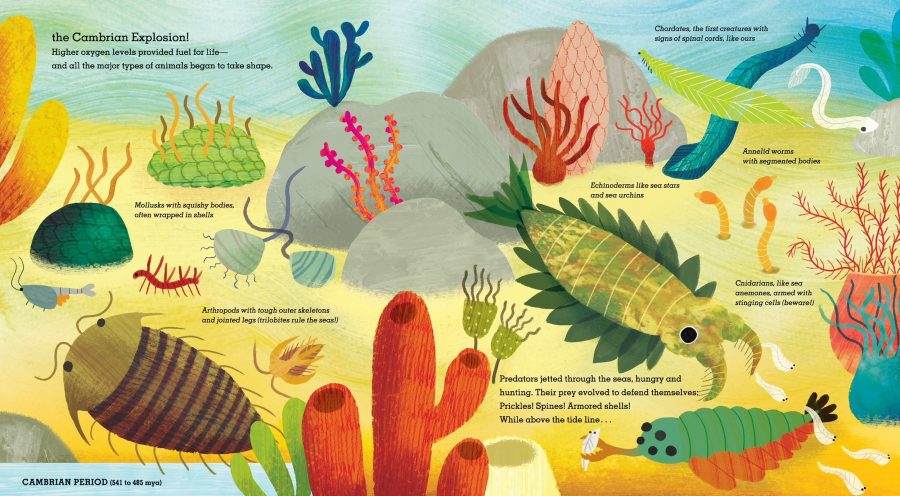
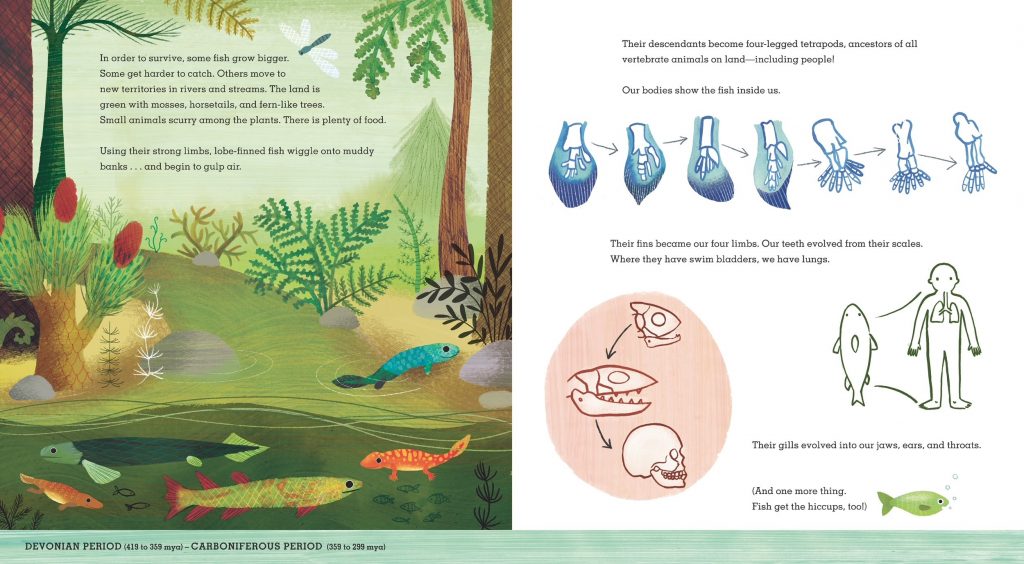

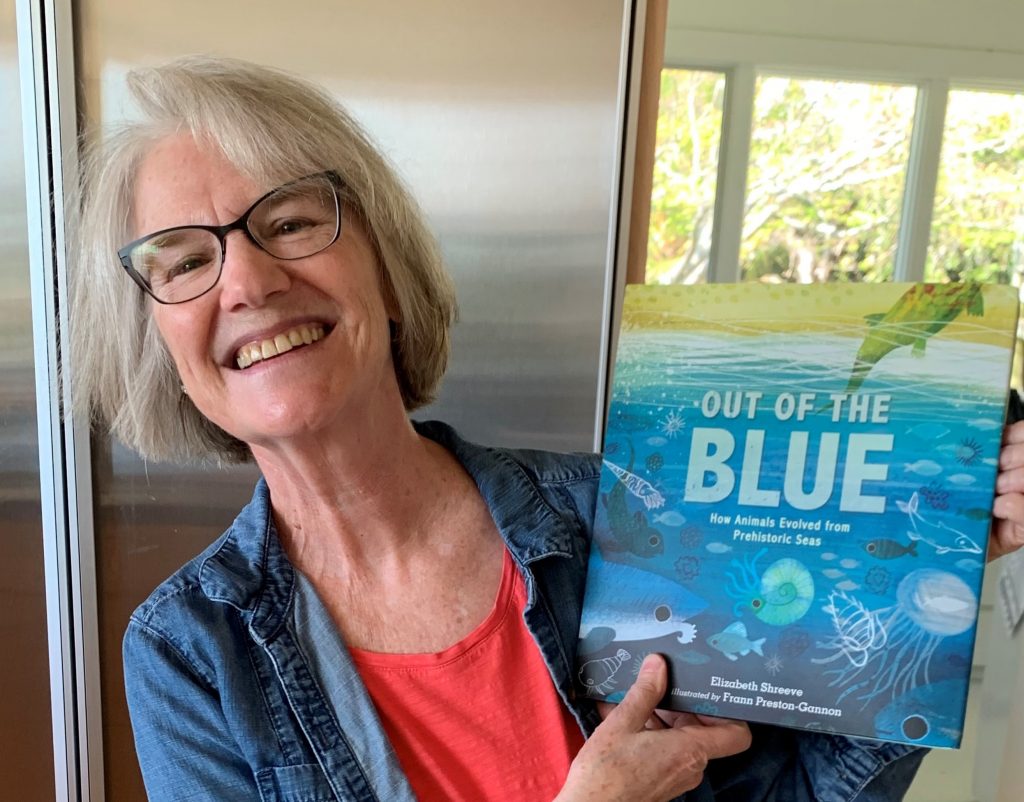
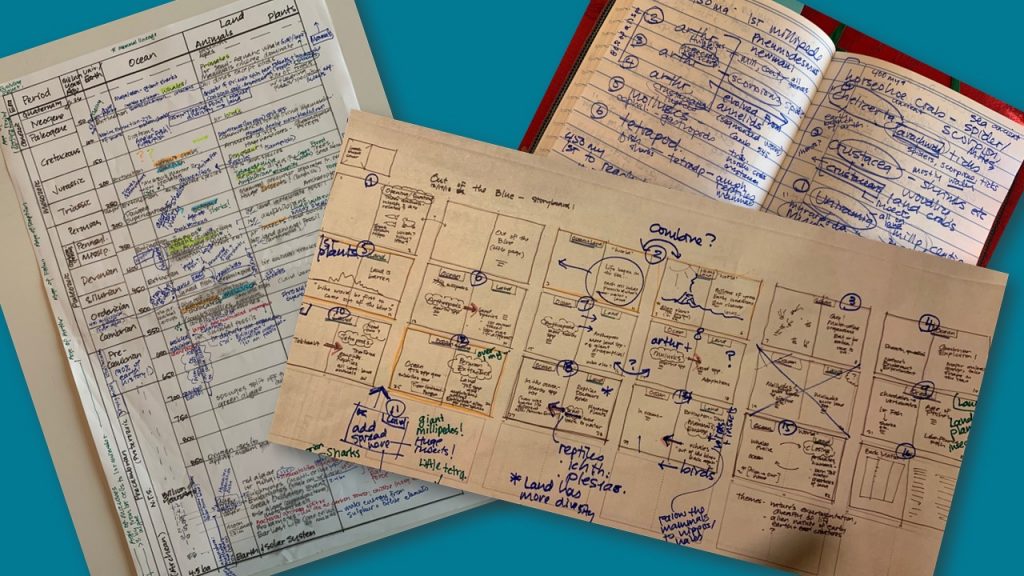
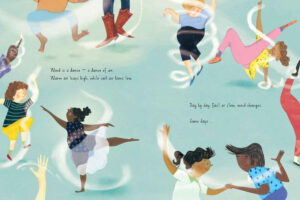
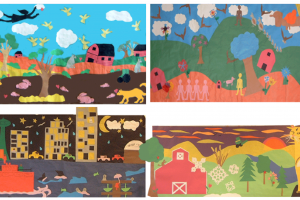
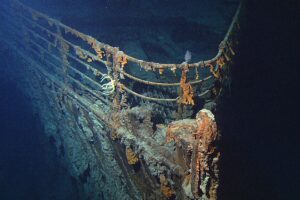


Leave a Reply
Your email is safe with me.